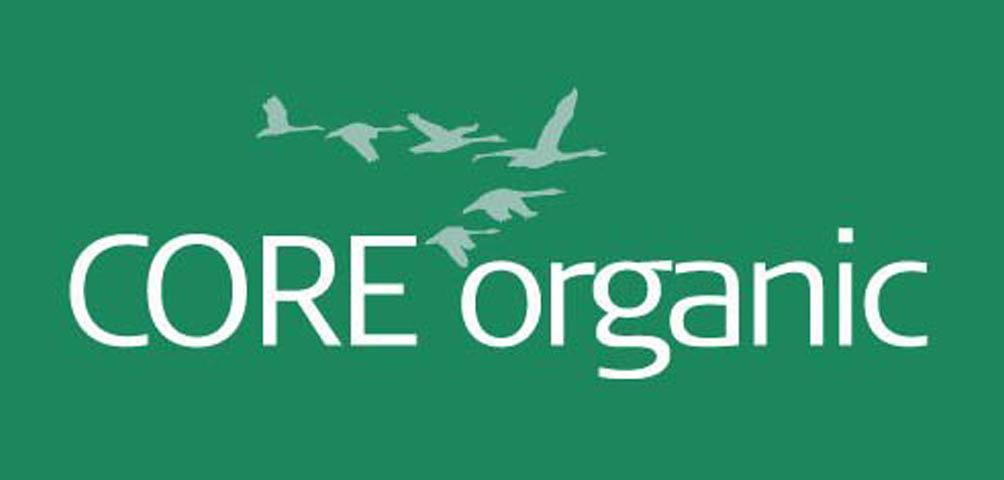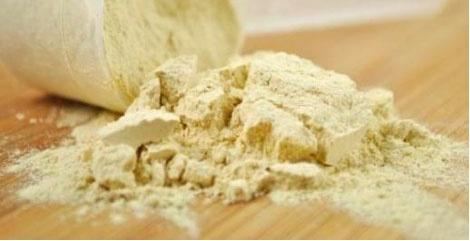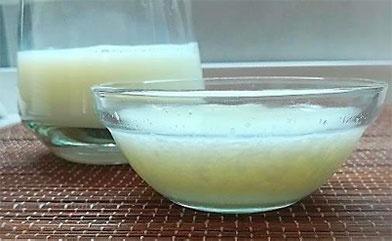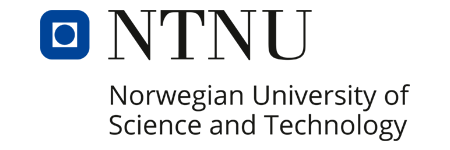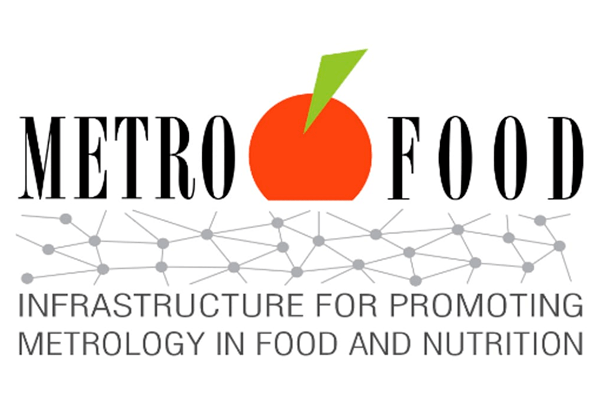Protein and biomolecules sources for nutritional security and biodiversity
of bakery products in a circular food system
Matrixes
WHEY
Whey contains 94% of the original milk water and 6% of dissolved solids. Some of these constituents, principally the whey proteins, lactose, and riboflavin (vitamin B2) might represent valuable ingredients for the preparation of functional foods. Whey proteins are named among the most exhaustive supplements since they possess unique amino acids profile and are highly digestible and soluble over a wide range of pH. Whey protein fraction contains four major proteins: β-lactoglobulin, α-lactalbumin, blood serum albumin and immunoglobulin, and other minor components. Whey proteins, rich in essential amino acids, enhance the sense of fullness, thus reduce appetite, can replace the flavor of fat, improving the taste and aromas of food in general. The interesting non-protein components of whey include lactose and vitamins. Lactose is the most abundant component of whey dry matter. As such, lactose is primarily used as an excipient in the tableting process; processed alternatives forms comprise enzymatic and chemical derivates, including lactose oligosaccharides as prebiotics, with nutraceutical properties. Riboflavin is a water-soluble vitamin found in whey; in the human body performs biological functions associated with the correct the body's energy supply. Whey components, separated by means of membranes, might be reused as functional ingredients in the formulation of bakery products (proteins) and as a base for the preparation of functional drinks (lactose and riboflavin).
References
- Kilara A. and Vaghela M.N., Whey proteins, in Proteins in Food Processing (Second Edition), Woodhead Publishing Series in Food Science, Technology and Nutrition, 2018, Chapter 4, Pages 93-126, https://doi.org/10.1016/B978-0-08-100722-8.00005-X
- Prazeres A. R., Carvalho F., Rivas J., Cheese whey management: A review, Journal of Environmental Management, 2012, 110, Pages 48-68, https://doi.org/10.1016/j.jenvman.2012.05.018
